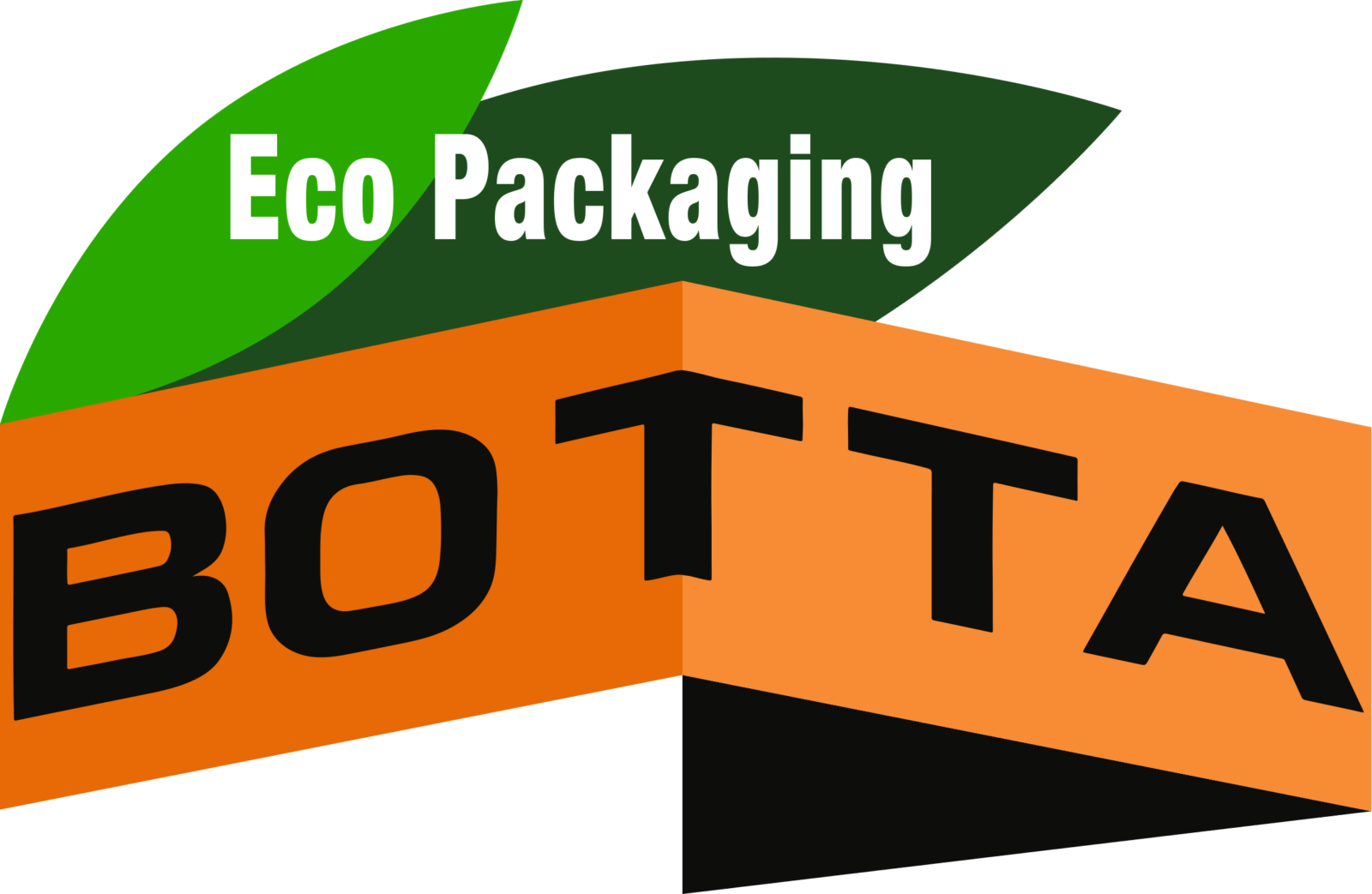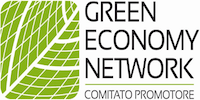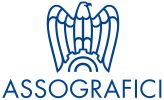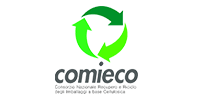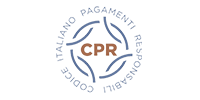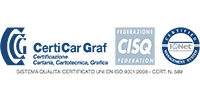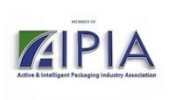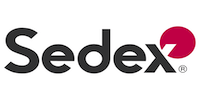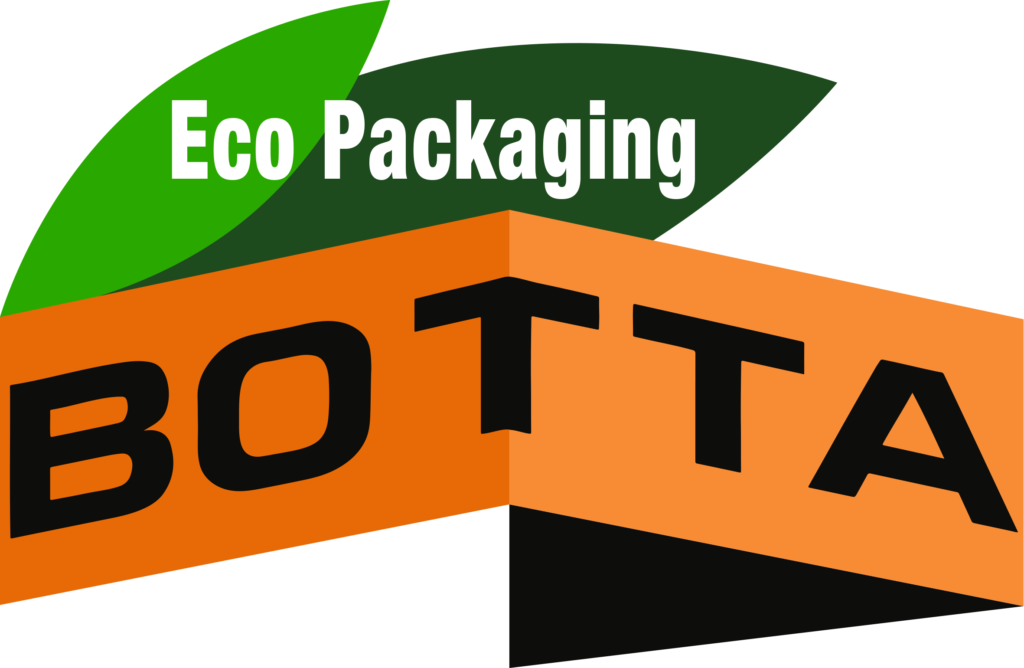Recyclability challenges faced by Packaging Experts
When a client asks, “Is this packaging recyclable?” Do you really know the answer?
If you work in the packaging industry, you’ve probably heard this question more than once, and with good reason. Clients today are more sustainability-conscious than ever and expect clear, accurate, and evidence based answers. However, within the complex ecosystem of packaging materials, collection systems, and recycling infrastructure, the reality is rarely straightforward. This complexity arises because
A packaging material might be technically recyclable and yet never actually get recycled.
This gap presents a common challenge for packaging professionals, and you may often find yourself responding to clients’ questions about recycling materials with uncertain phrases such as: “It depends on local collection systems…”, “I assume since it’s made from recyclable materials…”, or “I need to check with my supplier…”
While understandable, these answers fall short of the transparency and data-driven recyclability insights that today’s clients expect. As packaging professionals, you are called to provide clarity and factual evidence about the recyclability and environmental performance of your packaging material. Yet too often, the term “recyclable packaging” is applied based solely on material composition, without considering real-world recyclability challenges, low recycling rates, or the limitations of current recycling industry infrastructure.
So how can you move beyond assumptions and deliver certainty? The solution lies in adopting a data-driven approach to recyclability.
The Recyclability Data Behind the Label
Recent investigations into recycling rates reveal a significant disconnect between recyclable packaging and actual recycling outcomes. For instance, a Greenpeace Italy report from November 2023 highlights that between 2021 and 2023, Italy sent approximately 700,000 tonnes of plastic packaging waste annually to recycling facilities. However, nearly 500,000 tonnes of this waste were never recycled. This means less than half of Italy’s so-called “recyclable plastic packaging” actually completes the recycling process.
These figures are not isolated; they reflect a widespread issue in global recycling systems. As highlighted by The Recycling Partnership’s 2024 report (Table 1), only 32% of the 7.5 million tons of cardboard produced annually in the United States is actually recycled – despite its wide acceptance in curbside recycling programs.
The situation becomes even more concerning when we look at how recyclability breaks down across each stage of the recycling process (Image 1). For example, in California’s PET thermoforms recycling system, although 100% of the material is sold to households by brands and retailers, only 78% of communities provide access to a suitable collection system. Of those, just 23% of people actually place it in the recycling bin — and ultimately, only 14% is effectively recovered and recycled by material recovery facilities (MRFs).
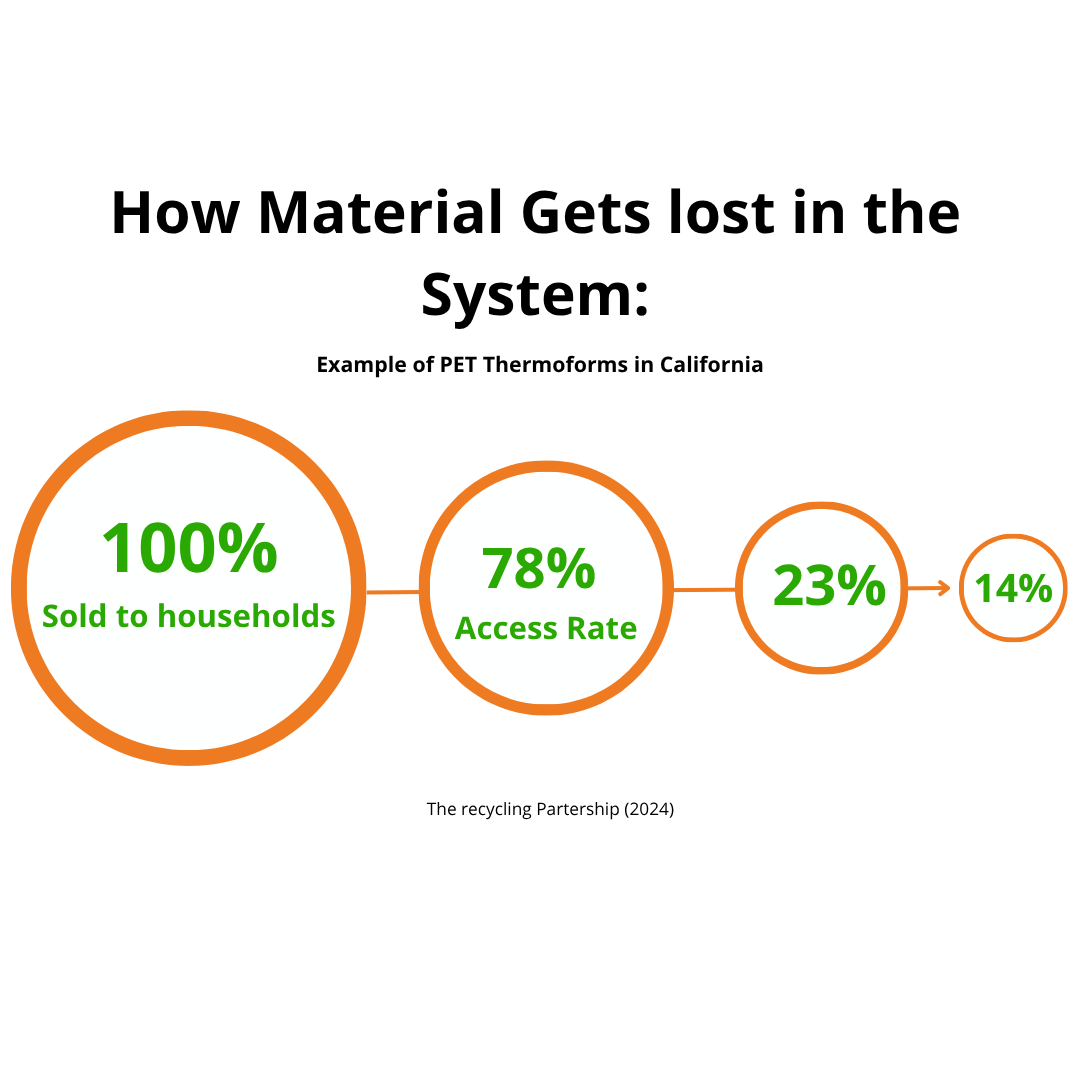
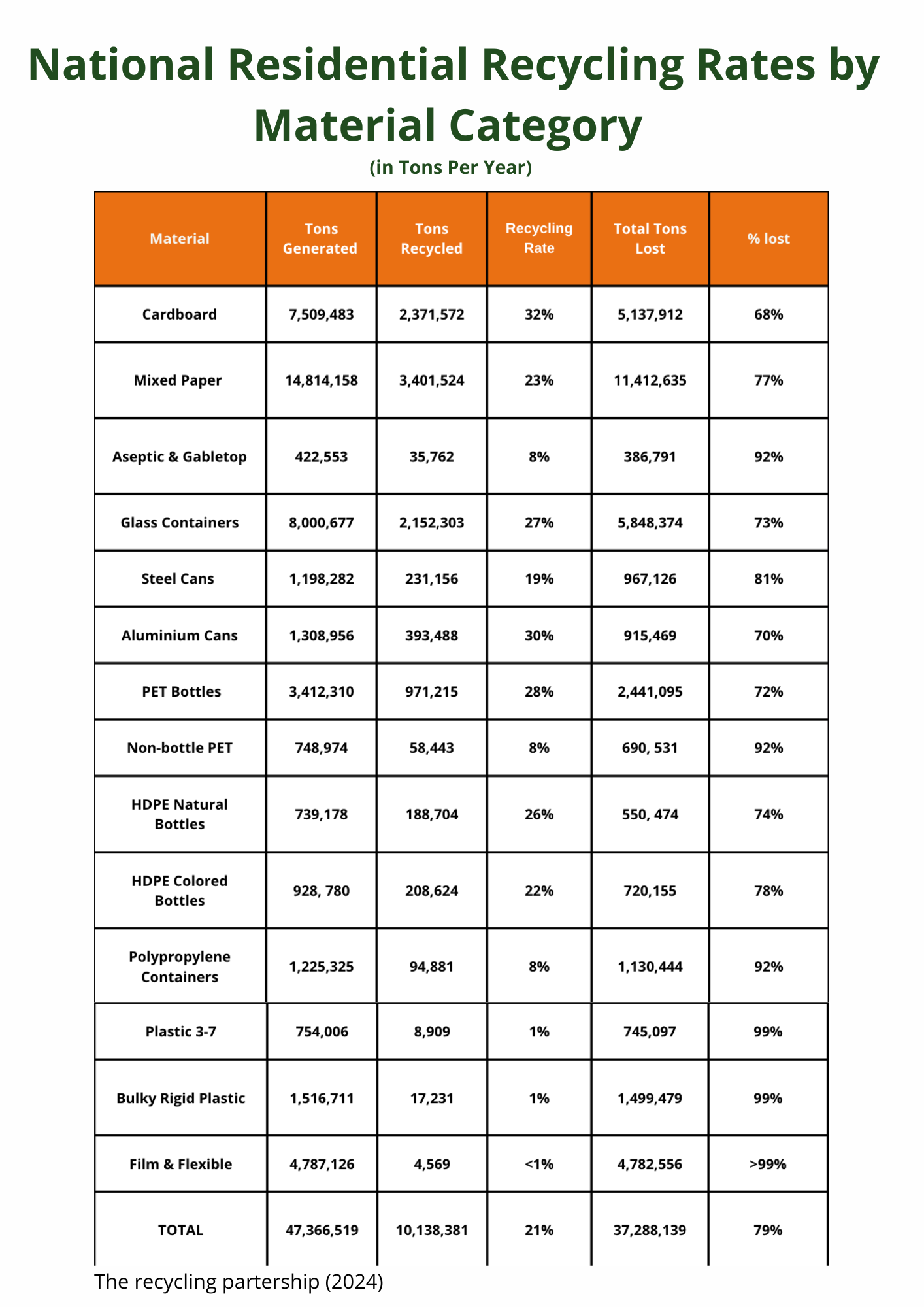
Closing the Recycling Gap
These data clearly highlight the significant disconnect between recyclable packaging materials and actual recycling outcomes—a core recyclability challenge currently facing the packaging industry. This gap is not merely a technical issue but a systemic problem rooted in insufficient recycling infrastructure, inconsistent local collection policies, and volatile market conditions for recycled materials.
Addressing this challenge requires more than awareness; it demands concrete action. Packaging professionals play a crucial role in closing the gap by focusing on packaging design for recycling, staying informed about country-specific recycling rates and infrastructure, and educating clients on the difference between theoretical recyclability and real-world recovery rates.
Furthermore, the advancement of strong policy recycling solutions, including reinforced Extended Producer Responsibility (EPR) regulations, is essential to transform packaging that is only “potentially recyclable” into packaging that is “consistently recycled.”
When supported by functional infrastructure and data-driven decision-making, this systemic approach empowers the packaging industry to reduce packaging waste effectively and improve circularity, aligning design and practice with sustainable outcomes.
Importance of Data-driven recyclability insights for Packaging Professionals
In this fast-evolving context – where public awareness, policy recycling solutions, and client sustainability expectations are rapidly increasing – packaging professionals must stay informed and be able to provide clear, data-driven, evidence-based answers supported by reliable recycling data and verifiable data sources.
It is no longer enough to say: “This packaging is recyclable.”
Your clients want to know:
- “Is it actually recycled in practice?”
- “What are the local or global recycling rates?”
- “What happens to the packaging material after disposal?”
Being able to answer these questions with concrete, up-to-date recycling data is becoming a real competitive advantage. It enables more informed packaging decisions, builds client trust, and aligns your business with genuine environmental impact – not just surface-level green claims.
A Reliable Source for Recyclability Guides and Recycling Data
At Botta EcoPackaging, we believe that true sustainability begins with transparency, and transparency starts with data. That’s why we’re launching our Recyclability Guide, a practical and reliable data-driven resource created specifically for packaging professionals who need to navigate today’s complex recyclability challenges with confidence.
This guide is designed to support your daily decisions by giving you access to detailed, country-specific recycling rates, offering insight into actual packaging material recovery outcomes, and helping you choose the most appropriate recyclable packaging materials based on real-world conditions. Whether you’re working on packaging design for recycling, advising clients on material selection, or trying to reduce packaging waste, having the right recycling data at your fingertips makes all the difference.
The Recyclability Guide helps you go beyond assumptions and confidently answer, backed by data, when a customer asks: “Is this packaging truly recyclable?”
Discover Botta EcoPackaging Free Services to support Your Packaging Sustainability Journey
Start now to improve your company’s sustainable profile by exploring the free services available on our website. You can book an eco consultancy to identify the most suitable sustainable packaging alternatives for your specific needs, access our Eco Pallet Calculator to optimise palletisation and make the most of every load, and use our simplified Life Cycle Assessment tool to intuitively evaluate the environmental impact of your packaging.
Free, practical, and created for real-world needs, these tools support packaging professionals in making informed decisions and building true transparency into every step of the sustainability journey.
Learn more about us: https://www.botta.it/
Contacts:
Phone: +39 0248401625
Email: info@botta.it
